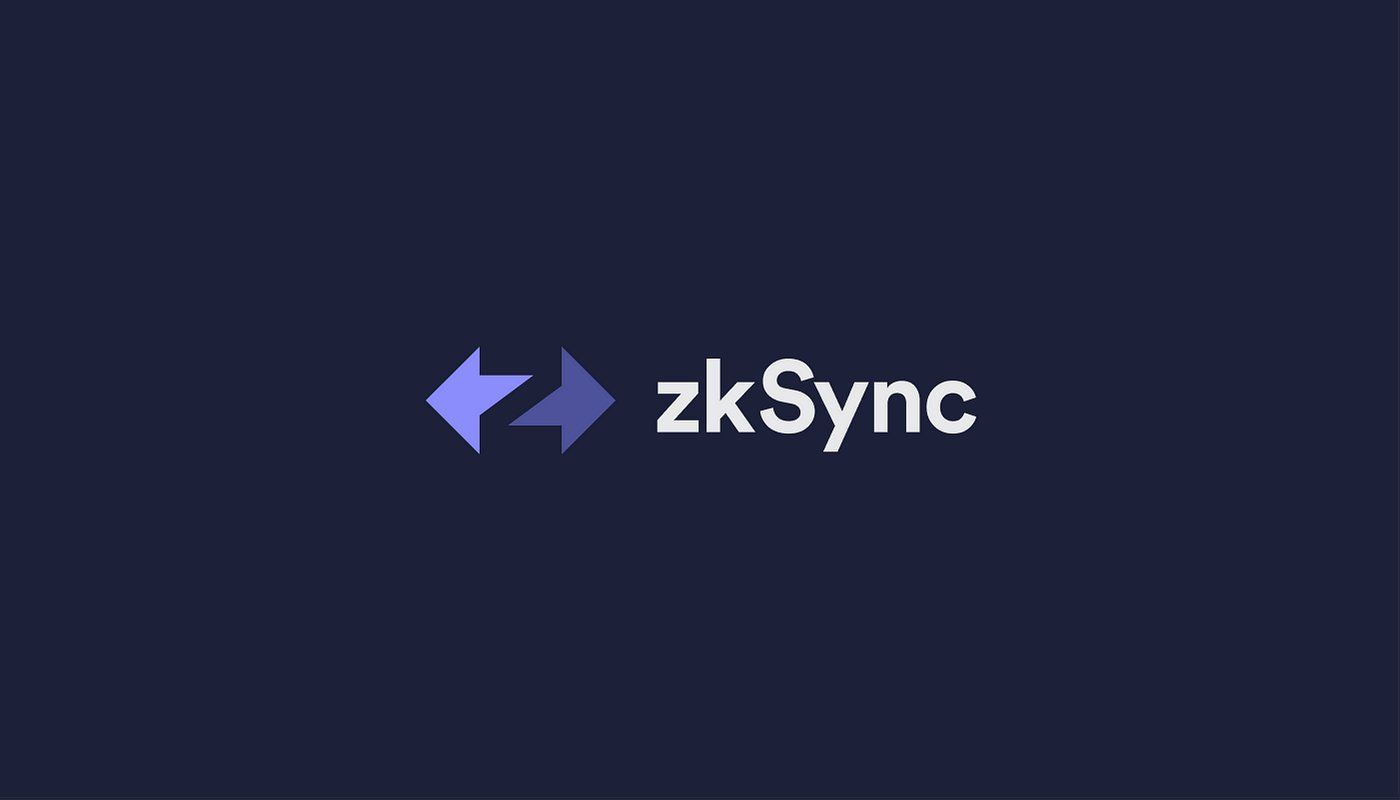The Ethereum Layer-2 scaling solution ZKsync confirmed today that a compromised administrator account led to the theft of ZK tokens worth approximately $5 million.
The breach occurred when attackers gained control of the wallet’s private key, enabling them to drain and sell the unclaimed tokens from the protocol’s June 2024 airdrop on open markets.
Crucial Details of the ZKsync Incident
While the incident affected unclaimed tokens, it did not affect ZKsync’s core protocol or user funds. It was also met by security teams freezing suspicious transactions within hours.
As a result, it impacted the token price, which fell from $0.047 to $0.039 before stabilizing near $0.041.
The situation is not isolated, as recent events in other crypto markets have driven turbulence in the altcoin market. For instance, Mantra (OM) had a suspected team sell-off that triggered a 90% drop within 90 minutes, and Story (IP), from undisclosed protocol issues, saw a 20% drop within 24 hours.
The recurring events indicate growing investor sensitivity to security incidents and token distribution risks.
Community and Protocol Response
ZKSync’s decision to allocate 89% of airdropped tokens to users initially received praise for its community focus. Unfortunately, the breach reveals vulnerabilities in managing the remaining 11% reserved for ecosystem partners and developers.
Furthermore, the crypto community has expressed its criticism following the breach. For example, it raises questions about centralization risks in supposedly decentralized networks, the adequacy of multi-signature wallet protections, and transparency around airdrop security measures.
However, ZKsync’s developers have pledged to implement enhanced security protocols. These include a transition to multi-party computation (MPC) wallets, real-time transaction monitoring systems, and decentralized governance controls for treasury management.
While the protocol launches its investigation and plans to provide a detailed post-mortem by April 17, users anticipate compensation plans, governance reforms, and, potentially, market recovery for ZKsync (ZK) to regain investor confidence.
As ZKsync works to restore trust, the broader crypto industry faces renewed pressure to reconcile rapid innovation with institutional-grade safeguards.
READ MORE: TD Sequential Triggers Buy on Ethereum—Is a Rebound Coming?













